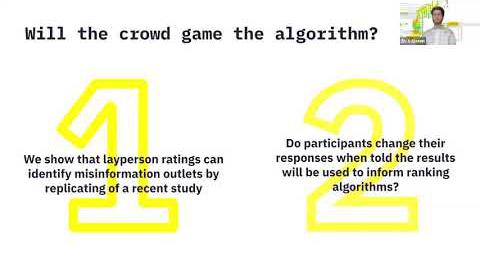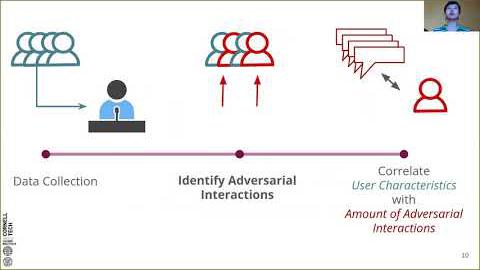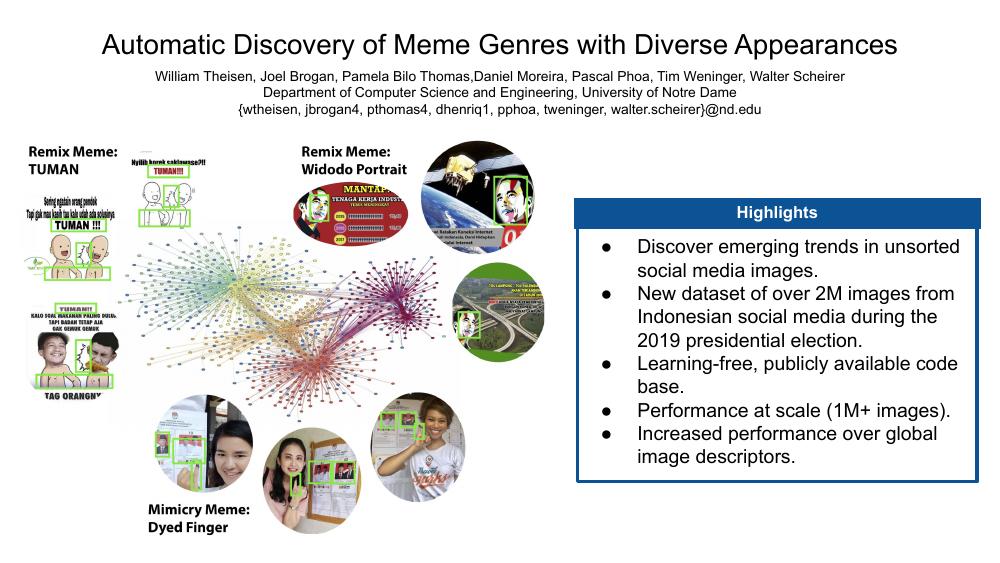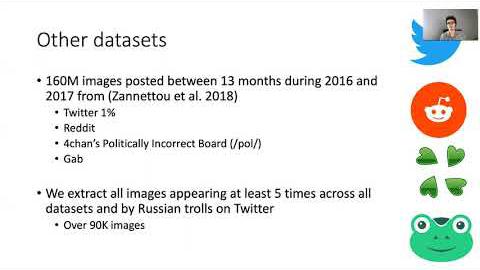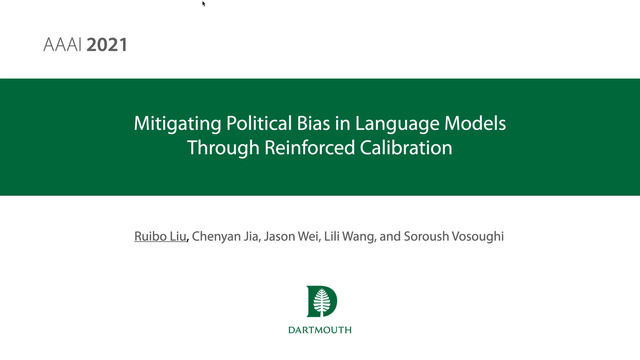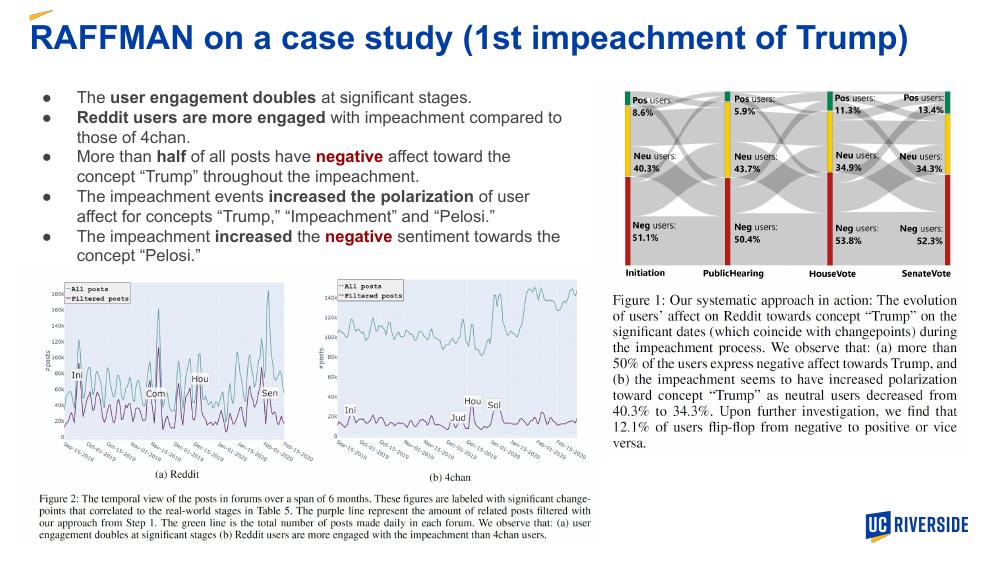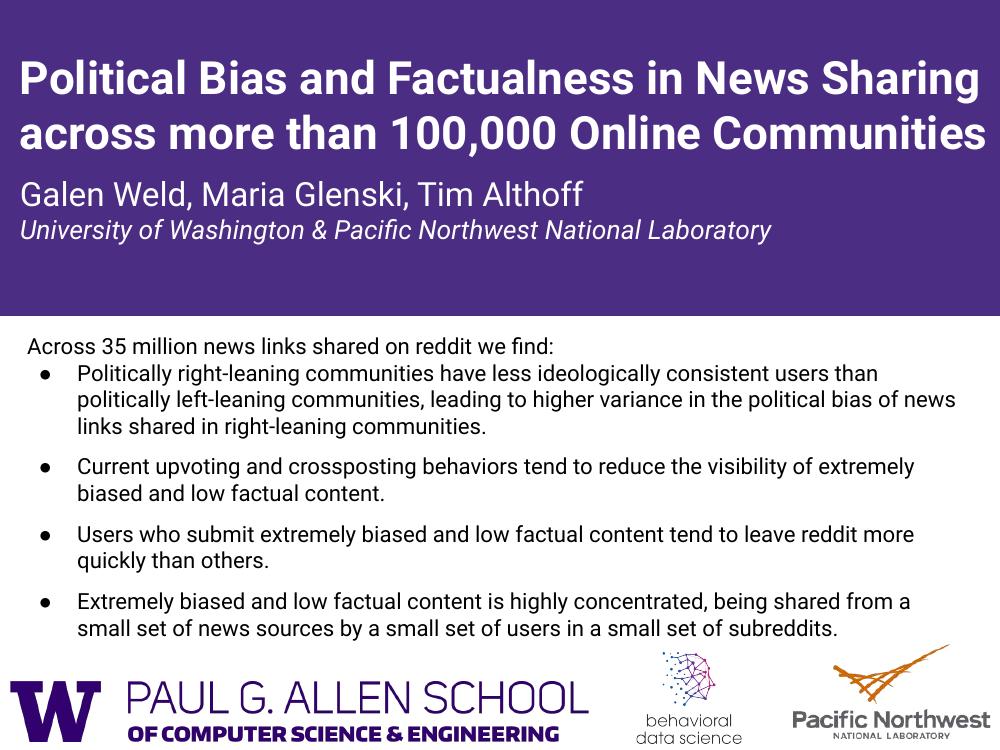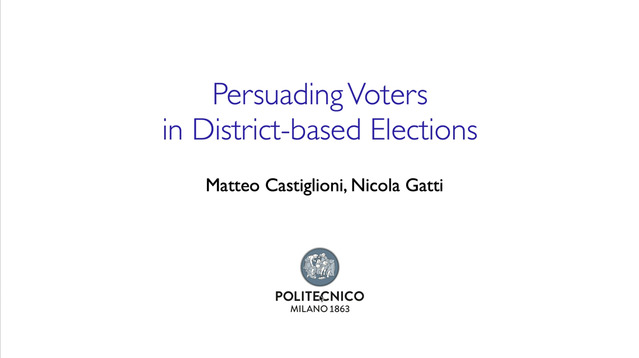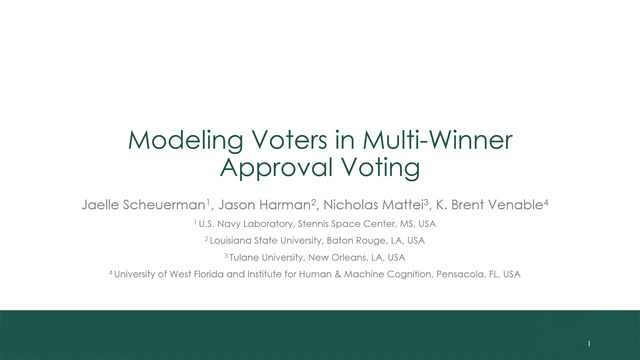Abstract:
In this paper, we seek to understand how politicians use images to express ideological rhetoric through Facebook images posted by members of the U.S. House and Senate. In the era of social media, politics has become saturated with imagery, a potent and emotionally salient form of political rhetoric which has been used by politicians and political organizations to influence public sentiment and voting behavior for well over a century. To date, however, little is known about how images are used as form of political rhetoric. Using deep learning techniques to automatically predict Republican or Democratic party affiliation solely from the Facebook photographs of the members of the 114th U.S. Congress, we demonstrate that predicted class probabilities from our model function as an accurate proxy of the political ideology of images along a left--right (liberal--conservative) dimension. After controlling for the gender and race of politicians, our method achieves an accuracy of 59.28% from single photographs and 82.35% when aggregating scores from multiple photographs (up to 150) of the same person. To better understand image content distinguishing liberal from conservative images, we also performed in-depth content analyses on the photographs. Our findings suggest that conservatives tend to use more images supporting for status quo political institutions and hierarchy maintenance, featuring individuals from dominant social groups, and displaying greater happiness than liberals.





